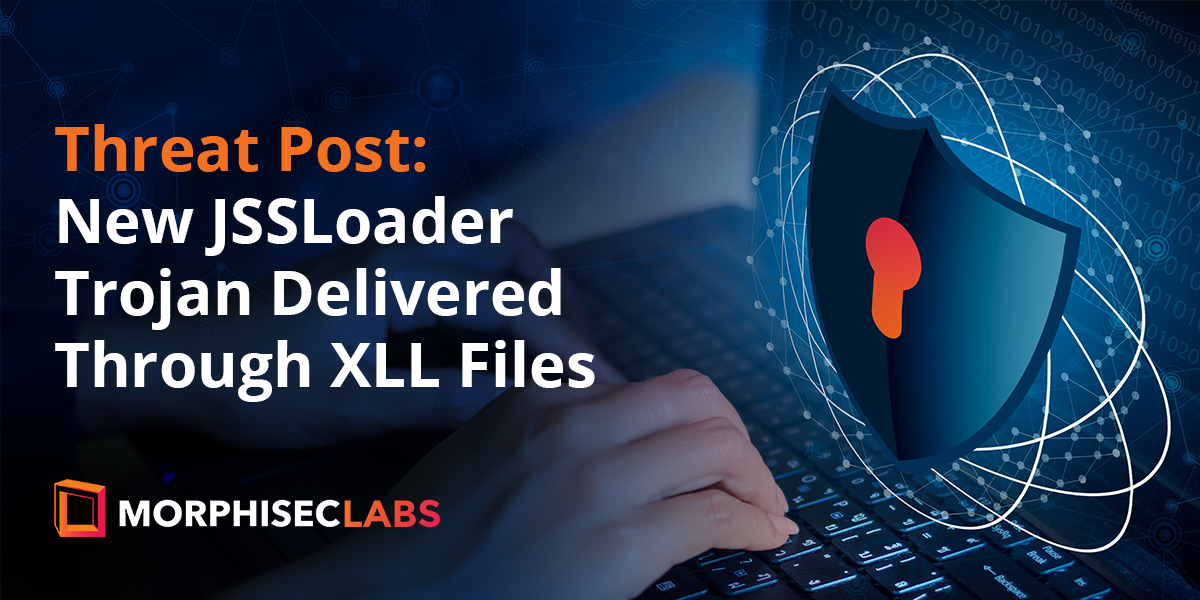The DoNot Team (a.k.a APT-C-35) are advanced persistent threat actors who’ve been active since at least 2016. They’ve targeted many attacks against individuals and organizations in South Asia. DoNot are reported to be the main developers and users...
Read MoreTo help protect the public, Morphisec Labs constantly monitors, investigates, and assesses the latest threats to help organizations avoid serious consequences. In recent months, threats involving infostealers have escalated. This report analyzes six...
Read MoreWith 50% more users last year than in 2020, the number of people using the community chat platform Discord is growing at a blistering pace. This has led cybercriminals to refine and expand malicious attack use cases for the platform. In this threat...
Read MoreMorphisec is a world leader in preventing evasive polymorphic threats launched from zero-day exploits. On April 14 and 15, Morphisec identified exploitation attempts for a week-old VMware Workspace ONE Access (formerly VMware Identity Manager)...
Read MoreAs Russia’s invasion of Ukraine continues, new wiper malware has surfaced attacking Ukrainian infrastructure. Caddywiper was first detected on March 14, 2022. It destroys user data, partitions information from attached drives, and has been spotted...
Read MoreMorphisec Labs has detected a new wave of Remcos trojan infection. The theme of the phishing emails is again financial, this time as payment remittances sent from financial institutions. The attacker lures a user to open a malicious Excel file that...
Read MoreThe Morphisec Labs team has conducted research on the new Mars infostealer. Mars is based on the older Oski Stealer and was first discovered in June 2021. The new Mars is available for sale on several underground forums and is reported to be under...
Read MoreMorphisec Labs has observed a new wave of JSSLoader infections this year. We’ve tracked JSSLoader activity since December 2020 and published a thorough report on the Russian criminal hacking group FIN7’s JSSLoader: The Evolution of the FIN7...
Read MoreWith examples changing hands for up to $69 million, hosting digital content on blockchain and selling it to investors has become one of the most lucrative things creators can do. And as rock stars, international artists, and even politicians keep...
Read MoreAs a continuation to our previously published blog post on VMWare Horizon being targeted through the Log4j vulnerability, we have now identified Unifi Network applications being targeted in a similar way on a number of occasions. Based on...
Read MoreMorphisec, through its breach prevention with Automated Moving Target Defense technology, has identified a new, sophisticated campaign delivery which has been successfully evading the radar of many security vendors. Through a simple email phishing...
Read MoreOn December 9th, 2021, reports surfaced about a new zero-day vulnerability, termed Log4j (Log4Shell), impacting Minecraft servers. Countless millions of devices instantly became at risk of attack, and Log4j ranked among the worst vulnerabilities yet...
Read MoreOn December 9th, 2021, reports surfaced about a new zero-day vulnerability, termed Log4j (Log4Shell), impacting Minecraft servers. Now, almost one week later, it is clear that countless millions of devices are at risk, and Log4j may rank among the...
Read MoreThe cryptocurrency market is now worth more than $2.5 trillion. Unfortunately, this fact is not lost on threat actors. As well as using cryptocurrency themselves to extract ransoms, cybercriminals are now also tailoring malware to exploit the...
Read MoreAlmost a year after an international law enforcement effort supposedly defeated it, Emotet, aka "the world's most dangerous botnet," has returned. Earlier this week, German security researcher Luca Ebach reported seeing malware with Emotet-like...
Read MoreOverview
- The Go language is becoming increasingly popular among threat actors, with attacks starting to appear in 2019
- Morphisec Labs has tracked a new Golang-based (1.17) ransomware variant that appeared starting in late September and continued...
Overview
- Morphisec Labs tracked a new MirrorBlast campaign targeting financial services organizations
- MirrorBlast is delivered via a phishing email that contains malicious links which download a weaponized Excel document
- MirrorBlast has low...
In 2020, Morphisec introduced the Jupyter infostealer, a .NET attack that primarily targets Chromium, Firefox, and Chrome browser data while also maintaining the additional capabilities of a backdoor.
Read MoreSearch Our Site
Recent Posts
Posts by Tag
- Automated Moving Target Defense (157)
- Threat Research (135)
- Cyber Security News (132)
- Morphisec Labs (127)
- Morphisec News (54)
- Adaptive Exposure Management (14)
- Defense-in-Depth (13)
- Ransomware (12)
- Preemptive Security (11)
- Gartner (10)
- Continuous Threat Exposure Management (CTEM) (9)
- Microsoft (8)
- In-Memory Attacks (7)
- Healthcare Cybersecurity (6)
- Advanced Threat Defense (5)
- Financial Cybersecurity (5)
- Legacy Security (5)
- Artificial Intelligence (4)
- Linux Cybersecurity (4)
- Fileless Malware (3)
- Threat and Vulnerability Management (2)
- Managed Service Providers (1)
























.png?width=571&height=160&name=iso27001-(2).png)